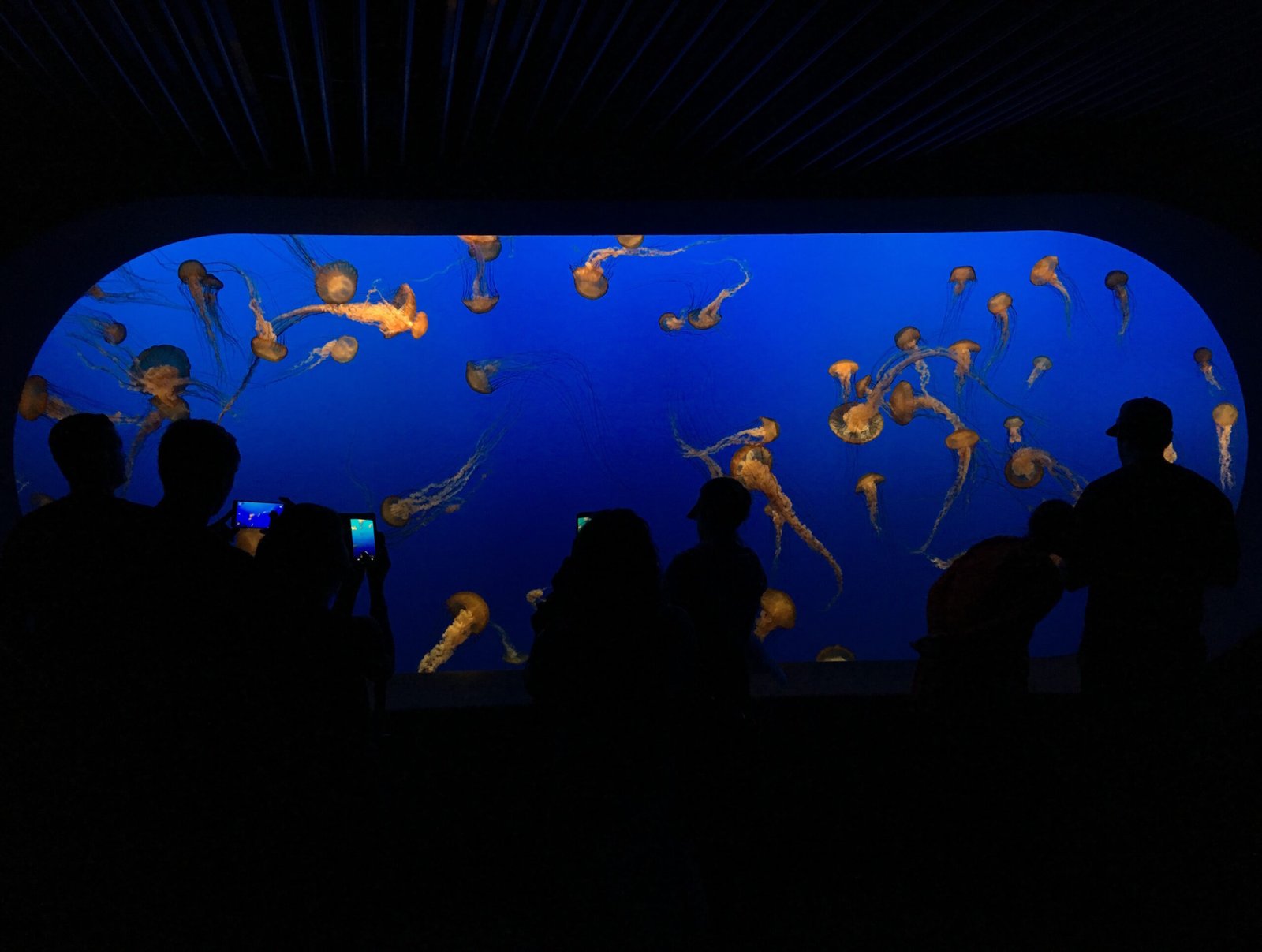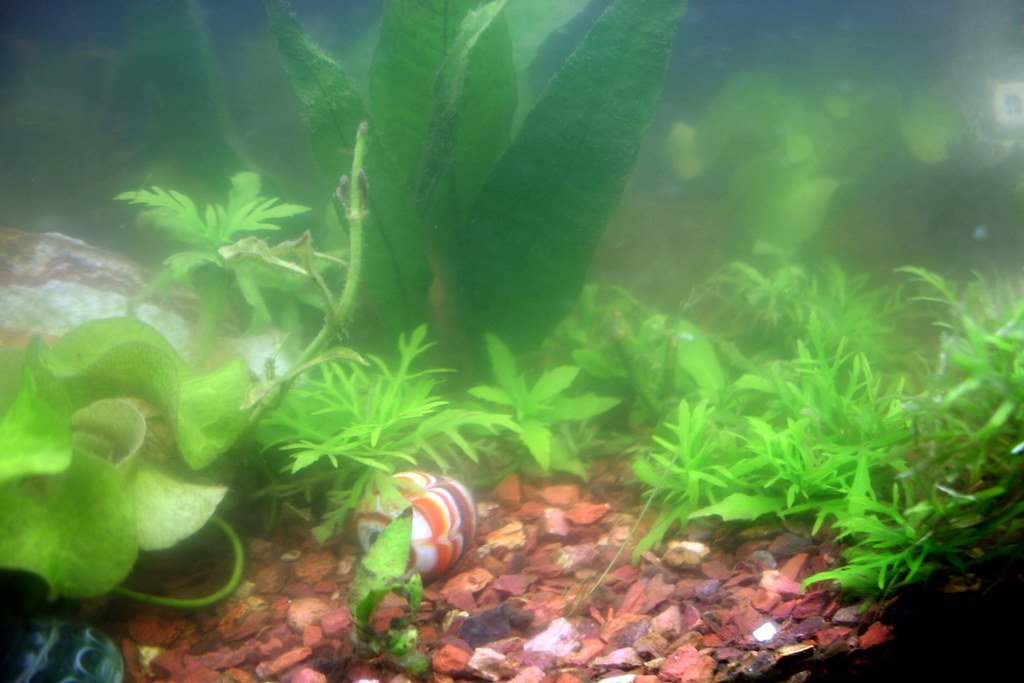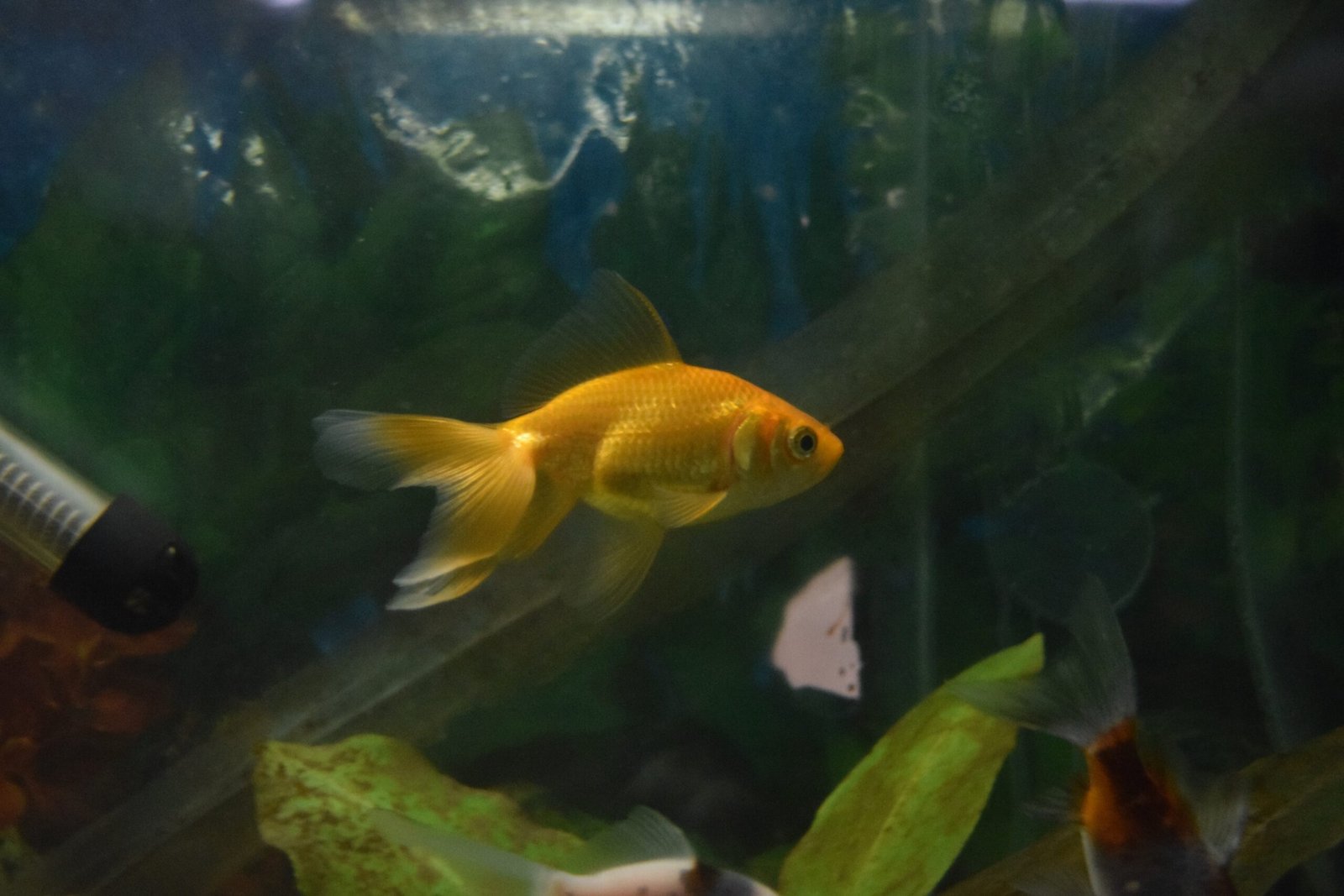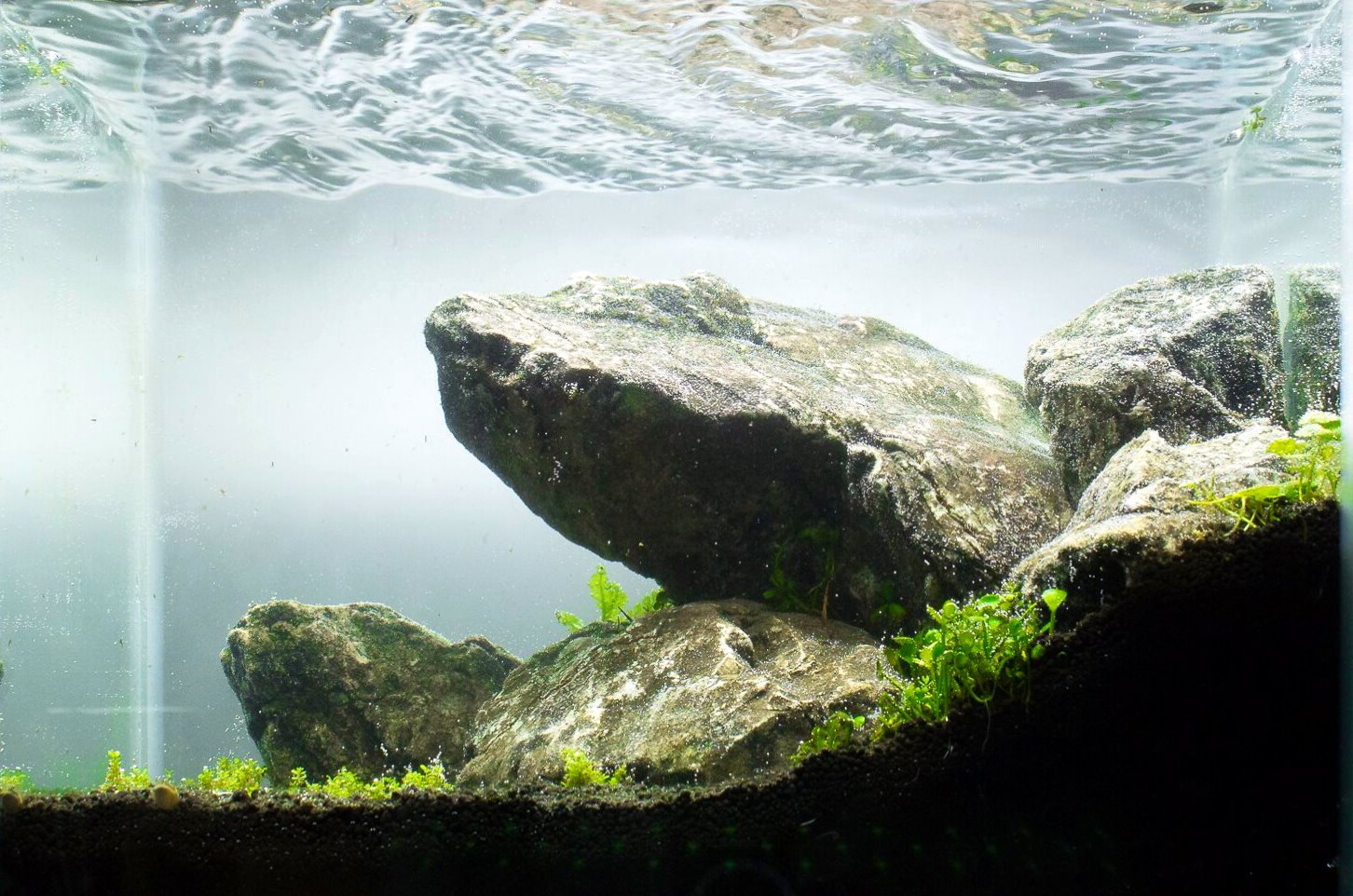Imagine gazing into a shimmering glass box, where brilliant fish glide through underwater forests and strange, tiny worlds unfold before your eyes. It’s not just a hobby—it’s a living laboratory, a microcosm teeming with life, drama, and astonishing science. Aquariums don’t just beautify a room; they bring the intricate mysteries of nature right into your home. Every bubble, every darting shrimp, every swaying plant is part of a delicate dance, where balance is everything and even the smallest change can set off a cascade of surprises. If you’ve ever wondered what it takes to keep that world alive and thriving, get ready to dive into the secrets of these tiny aquatic ecosystems.
The Magic of Microcosms: What Makes an Aquarium Alive?

A balanced aquarium is more than a glass box with water and fish—it’s a living microcosm. Each aquarium is a scaled-down version of a natural ecosystem, with its own food web, nutrient cycles, and interdependent creatures. Plants, fish, bacteria, and even invisible microbes all play crucial roles in keeping the system stable. When you really look, it’s like watching a tiny planet at work, complete with drama, competition, and cooperation. This delicate balance is what separates a thriving aquarium from one that struggles. It’s the secret ingredient that brings the entire scene to life, making your tank not just decoration, but a living, breathing world.
Water Chemistry: The Invisible Backbone

Water may look clear and simple, but in an aquarium, it’s a complex soup of chemicals. Everything from pH and hardness to ammonia and nitrates shapes the health of your aquatic life. Fish are sensitive to even small shifts in these invisible parameters. Imagine your tap water as the weather of your tank—sometimes gentle, sometimes stormy—setting the stage for all the action. Regular testing and adjustments are like tuning an instrument, ensuring every note in your ecosystem is pitch-perfect. Miss a beat, and the whole tank can spiral out of balance, reminding us just how fragile and dynamic these little worlds can be.
The Nitrogen Cycle: Nature’s Cleanup Crew

The nitrogen cycle is the unsung hero of every successful aquarium. Fish waste, leftover food, and decaying plants release ammonia—a toxic compound—into the water. Beneficial bacteria step in, breaking ammonia down into nitrites, and then into less harmful nitrates. Think of these bacteria as invisible janitors, quietly working 24/7 to keep things safe for your fish. Without this process, toxins would build up and quickly turn your tank into a danger zone. Cycling a new aquarium takes patience, as these bacteria populations need time to grow, but once established, they’re a silent army defending your aquatic world.
Plants: The Lungs and Liver of the Tank

Aquatic plants are more than just eye candy—they’re the living lungs and livers of your aquarium. They breathe in carbon dioxide and exhale life-giving oxygen, while also absorbing excess nutrients that would otherwise fuel nasty algae blooms. Picture them as hardworking filters, sifting out the bad stuff and keeping the air fresh for your fish. Some species provide shady shelters or playgrounds, giving shy fish a place to hide. In a balanced tank, plants and animals support each other, mimicking the give-and-take found in wild environments.
Fish: The Stars and Storytellers

Fish are often the main attraction, but they’re also actors in an intricate drama. Each species brings its own personality, habits, and feeding needs to the mix. Some are peaceful, others territorial or even mischievous, like tiny underwater comedians. The right combination of species can create harmony, while poor choices might spark conflict or stress. Watching their interactions is a fascinating, ever-changing show, and their health is often the clearest sign that your ecosystem is in balance. They’re both the stars and storytellers of your aquatic stage.
Invertebrates: The Unsung Helpers

Shrimp, snails, and other invertebrates are the quiet workers in many aquariums. They scavenge for leftover food, graze on algae, and even help recycle waste, acting like nature’s little cleaning crew. Some shrimp species, like Amanos, are famous for their appetite for algae, while snails methodically scrub glass and decorations. Their presence may seem subtle, but they help prevent buildup of debris and contribute to the overall cleanliness and health of the tank. Without them, the ecosystem can tip out of balance, showing that even the smallest creatures matter.
Microbes: The Invisible Multitude

Beneath the surface, countless microscopic organisms are at work—bacteria, protozoa, and tiny fungi, each with their own ecological niche. These microbes break down waste, process nutrients, and even outcompete harmful pathogens, serving as the bedrock of your aquarium’s health. Scientists have found that a thriving microbial community can make the difference between a stable tank and one plagued by disease or algae. In many ways, these invisible creatures are the true foundation of every balanced aquarium, quietly keeping the system humming.
Lighting: Setting the Stage for Life

Light is more than just a spotlight for your fish—it’s the clock, calendar, and power plant for your aquarium. Plants need light for photosynthesis, which keeps oxygen levels up and nutrients in check. Too much or too little light can throw things out of balance, encouraging unwanted algae or starving your plants. Modern LED systems let you fine-tune intensity and duration, mimicking natural day and night cycles. Getting the lighting right is like adjusting the sun itself, and every species—plant or animal—has its own favorite setting.
Filtration: The Heartbeat of the Aquarium

Filtration systems are the beating heart of most aquariums, circulating water and removing debris. They come in many forms: sponges, canisters, hang-on-backs, or even natural planted setups. A good filter doesn’t just clear up cloudy water; it provides a home for beneficial bacteria and keeps toxins in check. Without proper filtration, waste builds up, oxygen drops, and stress levels skyrocket for your aquatic residents. Think of it like your aquarium’s health insurance—unseen but absolutely essential.
Temperature: Keeping Things Just Right

Aquarium life is sensitive to temperature, which acts like a thermostat for metabolism and behavior. Most tropical fish and plants thrive in the same cozy range, but even a few degrees’ difference can cause stress, sickness, or breeding issues. Heaters and coolers let you create a stable climate, shielding your mini-ecosystem from household temperature swings. Just as you’d shiver or sweat if your home got too cold or hot, so do your fish—and keeping things steady helps everyone feel at home.
Feeding: The Art of Not Too Much, Not Too Little

Feeding fish seems simple, but it’s a delicate art. Too much food leads to waste, algae, and pollution, while too little starves your fish and plants of vital nutrients. Each species has its own dietary quirks, from the vegetarian tastes of some snails to the carnivorous appetites of certain fish. Mixing up food types—flakes, pellets, live or frozen—keeps your aquatic residents healthy and active. Watching them come to the surface at feeding time is a daily reminder of the connection between what you give and the life you see.
Algae: Friend or Foe?

Algae often get a bad rap, but they’re actually a natural and vital part of any aquarium ecosystem. In small amounts, they provide food and oxygen, filling gaps in the food web. Left unchecked, however, algae can smother plants, block out light, and turn your tank into a green nightmare. Balancing light, nutrients, and water changes keeps algae growth in check. Sometimes, adding algae-eating fish or invertebrates can turn a problem into an asset, transforming your tank’s “villains” into valuable allies.
Water Changes: The Secret to Longevity

Regular water changes are like giving your aquarium a fresh breath of air. Over time, even the best filtration can’t remove every bit of waste, and minerals get used up or concentrated. Partial water changes—removing and replacing 10–25% of the water each week—dilute pollutants and replenish essential elements. It’s a simple ritual that makes a huge difference, helping prevent disease and supporting all the living parts of your ecosystem. Consistency is key, and the benefits show up in brighter colors, healthier plants, and energetic fish.
Aquascaping: The Art and Science of Design

Aquascaping transforms a plain tank into a living masterpiece. Arranging rocks, wood, and plants isn’t just about looks—it shapes the habitat, provides hiding places, and influences water flow. Some aquarists mimic natural riverbanks, while others craft lush, underwater jungles or minimalist Zen gardens. The choices you make can affect everything from plant growth to fish behavior, blending creativity with biology. A well-designed aquascape is both art and science, offering endless ways to experiment and express your personality.
Biological Balance: The Power of Patience

Achieving true biological balance takes time and patience. Rushing to add too many fish or skipping the cycling process can lead to disaster. Every new addition—plants, fish, or decorations—changes the chemistry and dynamics of your mini-ecosystem. Veteran aquarists learn to watch, wait, and adjust, letting nature find its rhythm. There’s a quiet thrill in seeing your tank settle into harmony, knowing you’ve built a world where all the parts work together. It’s a slow magic that rewards observation and care.
Common Pitfalls and How to Avoid Them

Even the most experienced aquarists face setbacks: sudden algae blooms, mysterious fish deaths, or stubborn chemistry imbalances. Often, these problems come from overfeeding, overstocking, or skipping regular maintenance. Testing water regularly, researching new species before adding them, and sticking to a routine can prevent most issues. When things go wrong, patience and observation are your best tools. Every mistake is a lesson, and the path to a balanced aquarium is full of surprises and second chances.
The Joy of Observation: Why Tiny Worlds Matter

There’s something deeply satisfying about watching life unfold in a balanced aquarium. It’s a daily reminder of the complexity and beauty of nature, right on your tabletop. Kids and adults alike are captivated by the colors, movements, and quiet drama taking place just inches away. Beyond the science and the care, these miniature ecosystems teach us about responsibility, patience, and the interconnectedness of all living things. They transform ordinary rooms into places of wonder and reflection, showing us that even the smallest worlds can hold infinite fascination.


